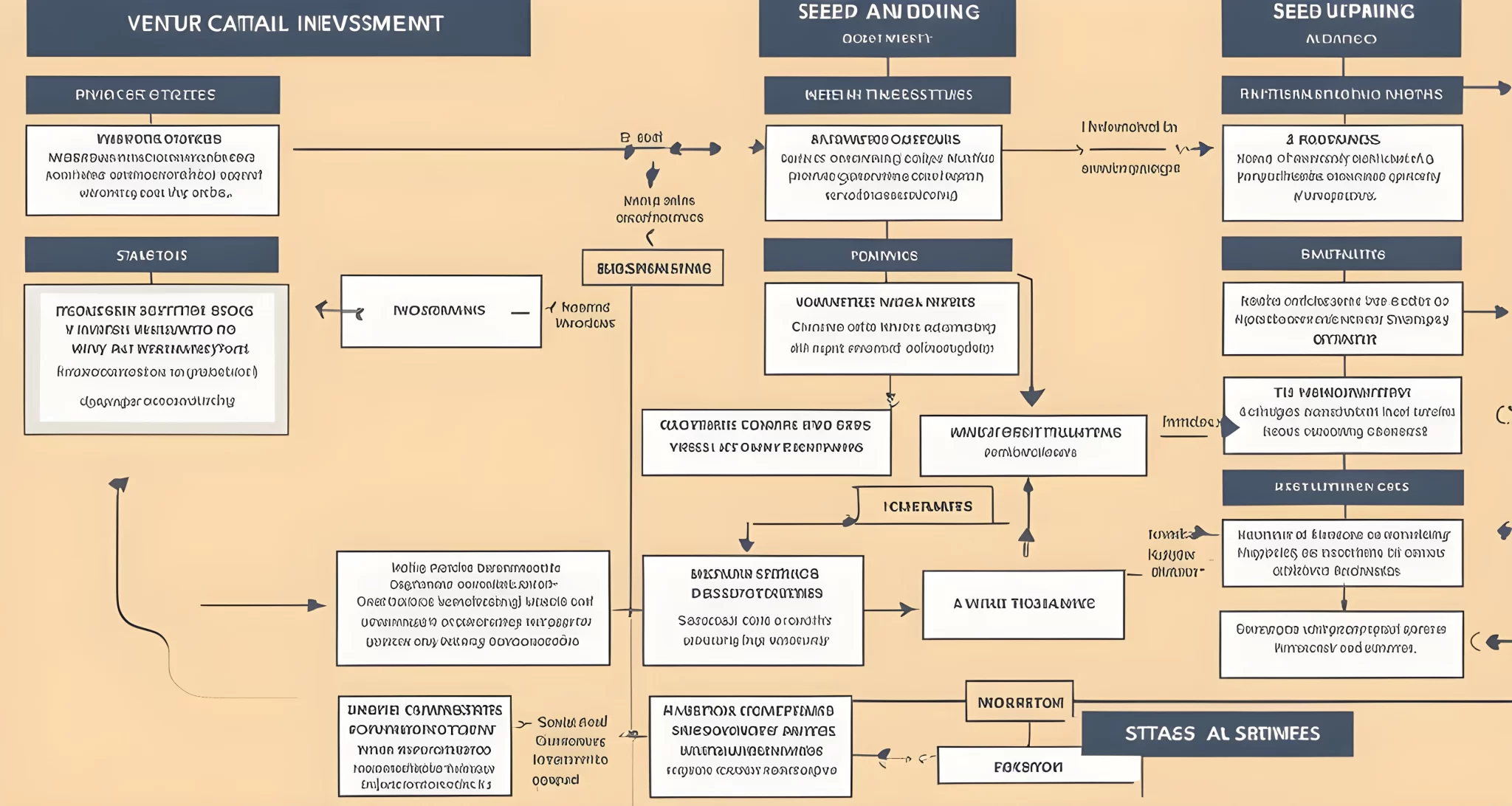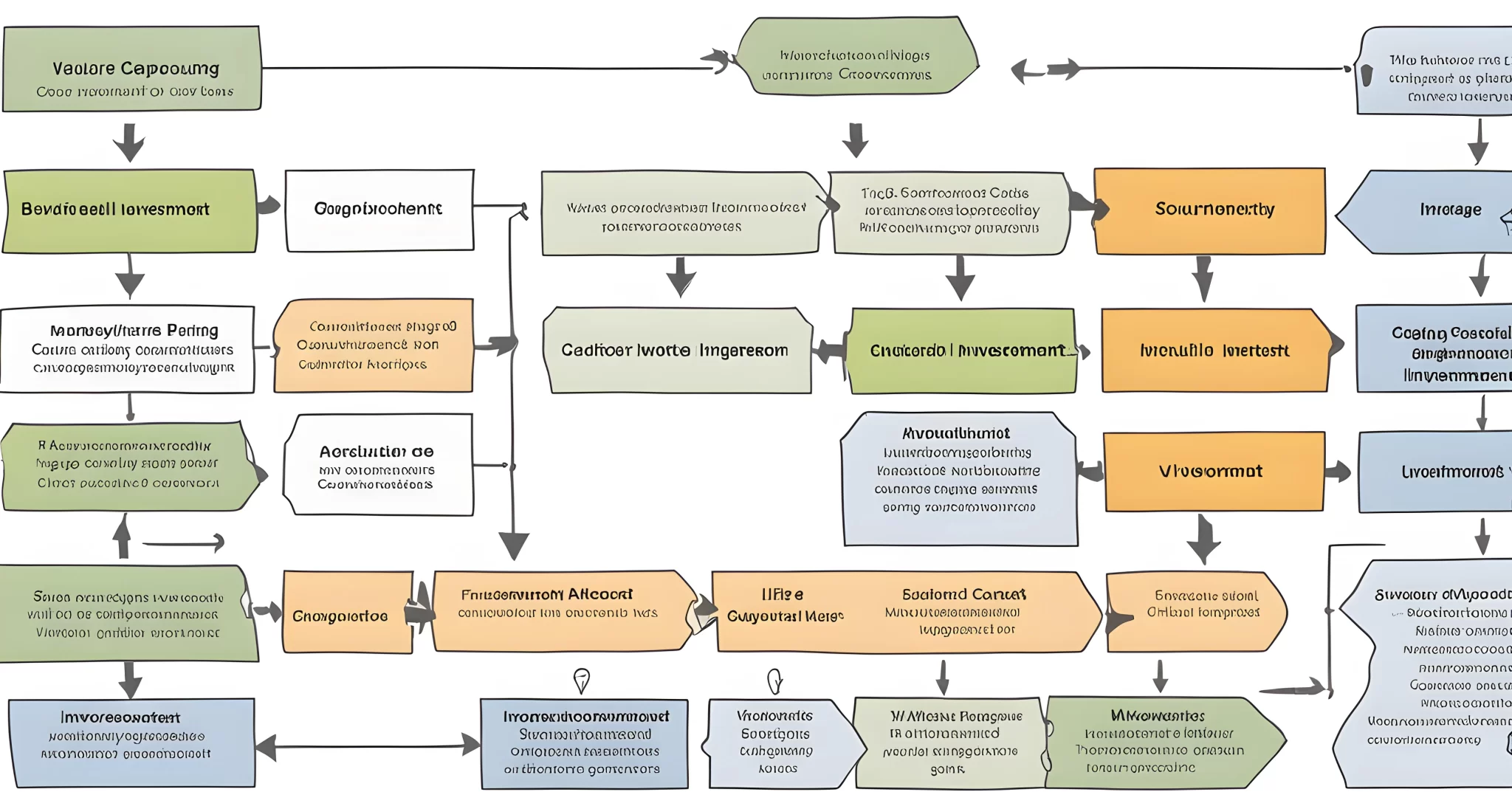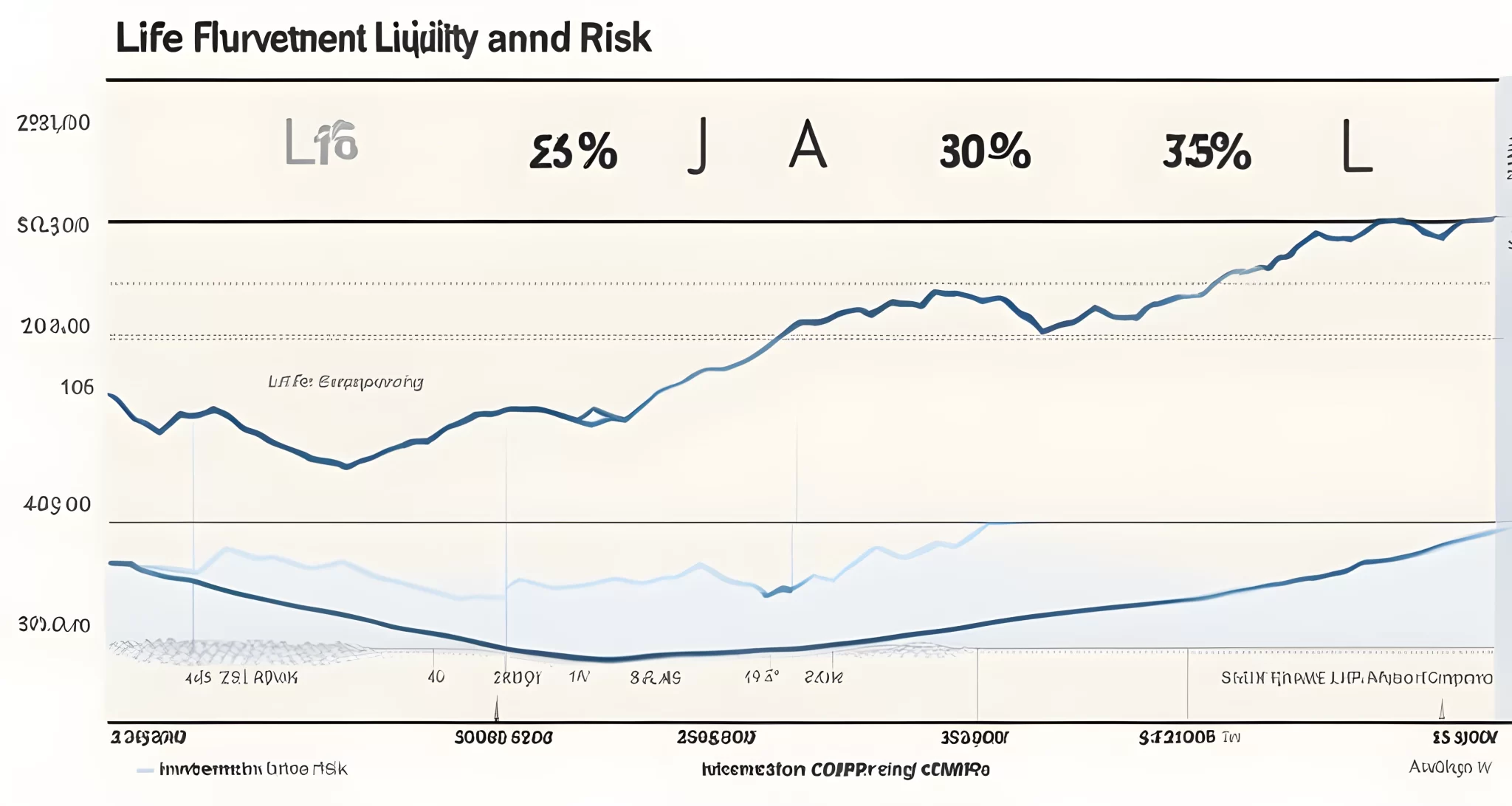Introduction to Venture Capital Strategies
Venture capital strategies for emerging companies involve private equity firms investing in disruptive businesses with high growth potential that require capital to fund development. This type of investment is crucial for startups and early-stage companies that have innovative ideas but lack the necessary funds to bring them to market.
The process of venture capital investment typically starts with seed-stage capital, which is used for research and development of new products and services. This initial investment helps the company to refine its ideas and develop a proof of concept, which is essential for attracting further investment.
Once the business has proven its concept and generated some revenues, it may seek later-stage capital to fuel its growth. This type of investment is provided before an initial public offering (IPO) and often includes funding for expansion, product improvement, major marketing campaigns, mergers & acquisitions, and the capital needed to go public.
Venture capital firms play a crucial role in supporting these companies by providing not only financial resources but also strategic guidance and industry connections. Their expertise can help these emerging businesses navigate the complexities of the market and avoid common pitfalls.
It’s important to note that venture capital investment comes with risks, as not all startups succeed. However, research has shown that startups backed by venture capital tend to have a higher success rate than those without such support. For more information on the impact of venture capital on startup success, you can refer to Startup success and venture capital support.
In summary, venture capital strategies are essential for fueling the growth of emerging companies with disruptive ideas. By providing the necessary funding and expertise, venture capital firms play a critical role in supporting these businesses as they strive to bring their innovations to the market.

Stages of Venture Capital Investment
When it comes to venture capital investment, there are several stages that companies go through in order to secure the funding they need to grow and succeed.
Seed-Stage Capital
The first stage of venture capital investment is known as seed-stage capital. This type of funding is typically used to support the research and development of new products and services, as well as early-stage operations. Companies at this stage are often just starting out and need financial support to bring their ideas to life.
Early-Stage Capital
Following the seed stage, companies may seek early-stage capital to further develop their products and services and begin building their customer base. This stage of investment is crucial for helping businesses get off the ground and start generating revenue.
Later-Stage Capital
As companies continue to grow and expand, they may require later-stage capital to fuel their growth. This type of funding is typically provided after a business has started generating revenues but before it goes public. Later-stage capital can be used for a variety of purposes, including expansion, product improvement, major marketing campaigns, mergers & acquisitions, and preparing for an IPO.
Each stage of venture capital investment plays a critical role in helping emerging companies achieve their goals. From the initial research and development phase to the later stages of growth and expansion, venture capital funding provides essential support for companies looking to make their mark in the business world.
For more information on navigating the risks associated with venture capital investments, check out Navigating investment risks.
By understanding the different stages of venture capital investment, emerging companies can better position themselves to attract the funding they need to succeed.

Criteria for Investment
Venture capitalists are selective about where they invest their money. They typically seek out companies with a strong management team, a large potential market, and a unique product or service with a strong competitive advantage. The goal is to find companies that have the potential to grow rapidly and become industry leaders.
Familiar Industries and Control
It’s important to note that venture capital firms tend to focus on industries they are familiar with. This allows them to assess opportunities more accurately and provide strategic guidance to the companies they invest in. Additionally, venture capitalists aim to own a large percentage of the company in order to influence its direction and decision-making processes.
Key Differences from Angel Investors
One key distinction between venture capitalists and angel investors is the source of funding. Venture capital firms control a pool of various investors’ money, unlike angel investors who use their own funds. This means that venture capitalists have a responsibility to deliver returns to their limited partners, which influences their investment decisions.
Linking Investment Criteria to Risk Management
Addressing the challenges of venture capital funding requires a deep understanding of the criteria used for investment. By recognizing the specific qualities that venture capitalists look for in potential investments, emerging companies can better tailor their pitches and business strategies to align with these criteria Handling risk capital funding challenges. This can ultimately help mitigate some of the risks associated with seeking venture capital funding.
Conclusion
Understanding the criteria for investment is crucial for emerging companies seeking venture capital funding. By recognizing what venture capitalists look for in potential investments, businesses can position themselves more strategically and improve their chances of securing the necessary funds for growth and success.

Venture Capital Process
The venture capital process is a crucial aspect of the overall venture capital strategy. It involves several key steps that venture capitalists take when investing in emerging growth companies. This process aims to identify promising companies, inject capital, nurture their growth, and ultimately cash out with a substantial return on investment.
Identifying Promising Companies
Venture capitalists are constantly on the lookout for emerging growth companies with high potential. They seek out innovative startups with disruptive business models, strong leadership, and a clear vision for the future. These companies often operate in rapidly growing industries and have a unique value proposition that sets them apart from competitors.
Deploying Capital
Once a promising company is identified, venture capitalists deploy capital to fund the company’s growth and development. This capital injection typically comes in the form of equity financing, where the venture capitalist takes a significant stake in the company in exchange for their investment.
Nurturing Growth
Venture capitalists don’t just provide funding; they also offer valuable expertise, guidance, and strategic support to help the company grow and succeed. They often take an active role in advising the company’s management team, helping them navigate challenges, make important decisions, and capitalize on opportunities.
Cashing Out
The ultimate goal of venture capital investments is to realize a substantial return on investment. This typically happens through an exit event such as an initial public offering (IPO), acquisition by a larger company, or a buyout by another investor. The structural time lag between the initial investment and the final payout increases liquidity risk, which is compensated for with high prospective returns.
Overall, the venture capital process is a complex and multifaceted journey that requires careful consideration of potential investments, active involvement in nurturing portfolio companies, and strategic planning for successful exits.
To learn more about maximizing your startup’s potential with venture capital, check out Startup potential venture capital.

Liquidity and Risk
Venture capital investments are usually long-term and fairly illiquid compared to market-traded instruments. The structural time lag between the initial investment and the final payout increases liquidity risk, which is compensated for with high prospective returns. The firm identifies promising emerging growth companies, deploying capital to fund these companies in exchange for a sizable equity stake, nurturing their growth, and looking to cash out with a substantial return on investment (ROI).
In the world of venture capital, liquidity and risk go hand in hand. The illiquidity of venture capital investments means that investors must be prepared to tie up their capital for an extended period before seeing any returns. This can be a challenge for some investors, as they may prefer more easily tradable assets. However, the potential for high returns makes venture capital investments an attractive option for those willing to take on the additional risk.
Investing in emerging growth companies carries inherent risks due to the uncertainty of their future success. However, by carefully identifying and nurturing these promising companies, venture capitalists aim to mitigate some of these risks and maximize returns. This process involves thorough due diligence and ongoing support to help these companies thrive in their respective industries.
To learn more about maximizing risk and return in venture capital investments, check out Maximizing Investment Profitability. This article provides valuable insights into strategies for minimizing risk while maximizing returns in venture capital investments.
In summary, while venture capital investments may carry liquidity risk and inherent uncertainties, they also offer the potential for significant returns. By carefully selecting and nurturing promising emerging growth companies, venture capitalists aim to maximize their ROI despite the challenges associated with illiquidity and risk.
FAQ
What is the process for venture capital investment in emerging companies?
The process involves seed-stage capital for research and development, followed by later-stage capital for expansion and growth before an ipo.
What do venture capitalists look for in potential investment opportunities?
They are interested in companies with a strong management team, a large potential market, and a unique product or service with a strong competitive advantage.
How do venture capital firms differ from angel investors?
Venture capital firms control a pool of various investors’ money, unlike angel investors who use their own money for investments.
What are the risks and returns associated with venture capital investments?
Venture capital investments are long-term and illiquid, but offer high prospective returns to compensate for the liquidity risk.
